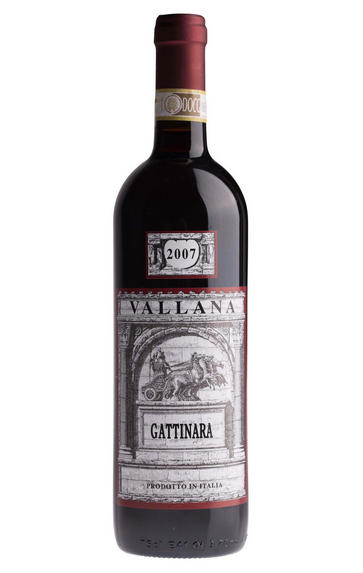
About this WINE
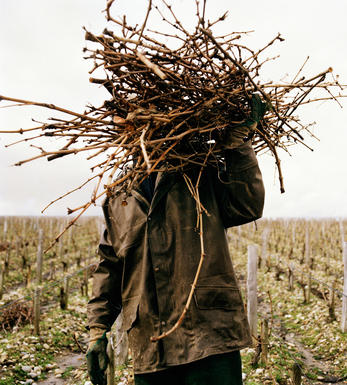
Antonio Vallana e Figlio
The domaine of Antonio Vallana & Figilo dates back to the early 19th century and is located in the town of Maggiora, about 100 miles northeast of Barolo. Antonio Vallana produced legendary wines in the 50s and 60s before the domaine's fortunes slipped in the mid 70s. The wine is now back on form with Antonio's son Francis now playing a major role.
While the domaine has always produced a wide range of wine, its reputation is largely owed to it wines produced from Spanna, the local synomon for Nebbiolo. The steep slopes of the domaine's vineyards mean that all the grapes are hand-harvested. The wines are traditionally matured in large old oak barrels and are characterised by their depth of fruit as well as their exceptional balance.
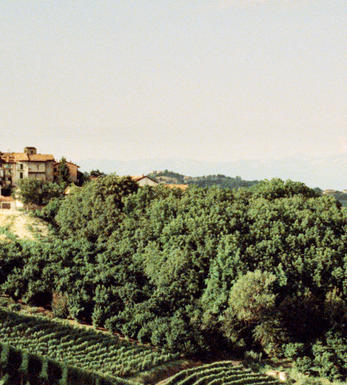
Piedmont
Piedmont has long been renowned as Italy's premier fine wine province, with its reputation dating back to Roman times and further solidified under the House of Savoy, which wielded influence over Europe during the Middle Ages from its Turin stronghold. Piedmont's prominence in Italian history was notably highlighted as a driving force behind Italian Reunification in 1861.
Situated in the north-western part of Italy, Piedmont boasts a continental climate shaped by the nearby Alps and Ligurian Apennines, influencing both its culture and winemaking traditions. The region is home to several renowned fine wine areas, including the Langhe region, encompassing esteemed appellations such as Barolo and Barbaresco, as well as Monferrato, which features wines like Asti and Gavi, and Novara with its Colline Novaresi and Boca.
Nebbiolo reigns supreme as Piedmont's quintessential grape variety, with its stronghold in the production of illustrious wines such as Barolo and Barbaresco. Following closely are Barbera d'Alba or Barbera d'Asti, and Dolcetto, known for its role as an early-ripening antipasti wine, particularly around Dogliani. Among whites, Moscato takes center stage, crafting both the effervescent Asti and the more refined Moscato d'Asti.
Piedmont also produces notable red wines like Brachetto d'Acqui and popular dry whites such as Gavi, made from the Cortese grape. Remarkably, despite contributing only a small fraction to Italy's total wine production, Piedmont boasts the highest proportion of Denominazione di Origine Controllata (DOC) and Denominazione di Origine Controllata e Garantita (DOCG) wines.
For those seeking exceptional Piedmontese wines, recommended producers include Roberto Sarotto, Marinacci, Punset, Luisin, Roagna, Fratelli Alessandria, Trediberri, Vigneti Luigi Oddero, Marcarini, and E.Pira di Chiara Boschis, among others.
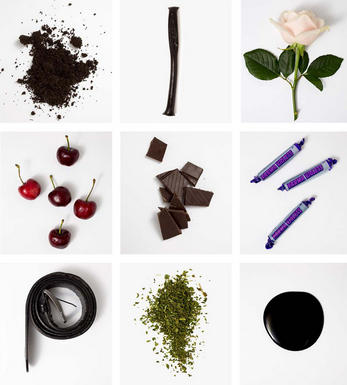
Nebbiolo
Nebbiolo is the grape behind the Barolo and Barbaresco wines and is hardly ever seen outside the confines of Piedmont. It takes its name from "nebbia" which is Italian for fog, a frequent phenomenon in the region.
A notoriously pernickety grape, it requires sheltered south-facing sites and performs best on the well-drained calcareous marls to the north and south of Alba in the DOCG zones of Barbaresco and Barolo.
Langhe Nebbiolo is effectively the ‘second wine’ of Piedmont’s great Barolo & Barbarescos. This DOC is the only way Langhe producers can declassify their Barolo or Barbaresco fruit or wines to make an early-drinking style. Unlike Nebbiolo d’Alba, Langhe Nebbiolo can be cut with 15% other red indigenous varieties, such as Barbera or Dolcetto.
Nebbiolo flowers early and ripens late, so a long hang time, producing high levels of sugar, acidity and tannins; the challenge being to harvest the fruit with these three elements ripe and in balance. The best Barolos and Barbarescos are perfumed with aromas of tar, rose, mint, chocolate, liquorice and truffles. They age brilliantly and the very best need ten years to show at their best.


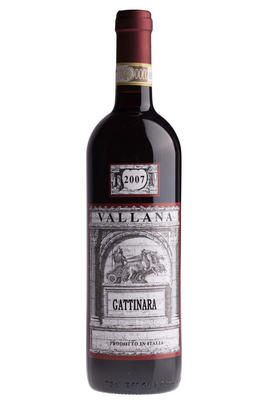
Buying options
Add to wishlist
Description
This is a unique style of wine, born in the cool air of the Alto Piemonte and made in an artisanal and unhurried fashion. Initially challenging tannin and acidity resolve with age and aeration. The wine is assertive yet simultaneously ethereal.
Complex & savoury.
100% Spanna (Nebbiolo).
wine at a glance
Delivery and quality guarantee